Remember that you do not need to puree foods to feed them to your baby. Your baby can enjoy mashed foods and finger foods, even before their teeth appear. It is very important that your baby tries different tastes and textures. When your baby self feeds they have much more control over the feeding and this is very important. Your baby can self feed with their fingers or a spoon. Self feeding allows your baby to try food at their own pace.
You don't need to purchase special equipment in order to prepare food for your baby. You can use a fork to mash their food where appropriate. I do not recommend using the mesh strainer bags.
Click here to watch a baby self feed with a spoon
For more information or if you have questions about starting your baby on solids contact Jill, Nurture The Future's Registered Dietitian at [email protected]

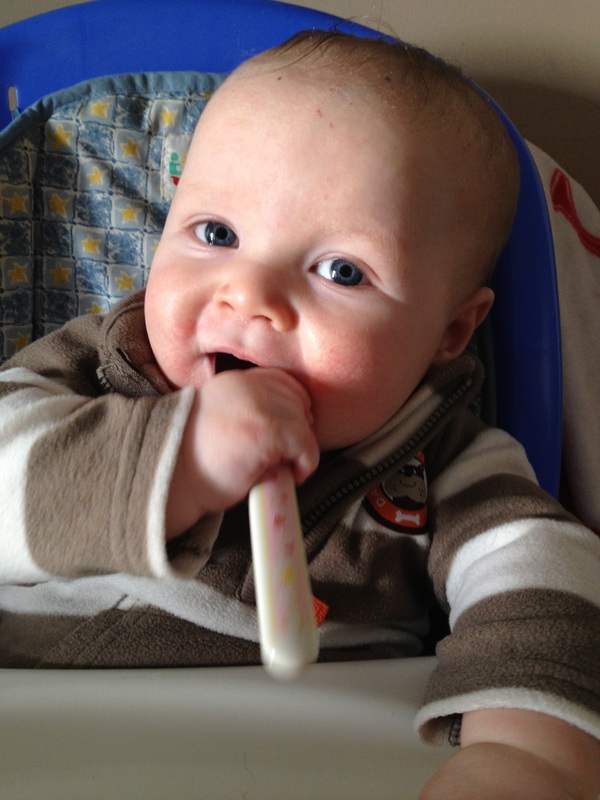
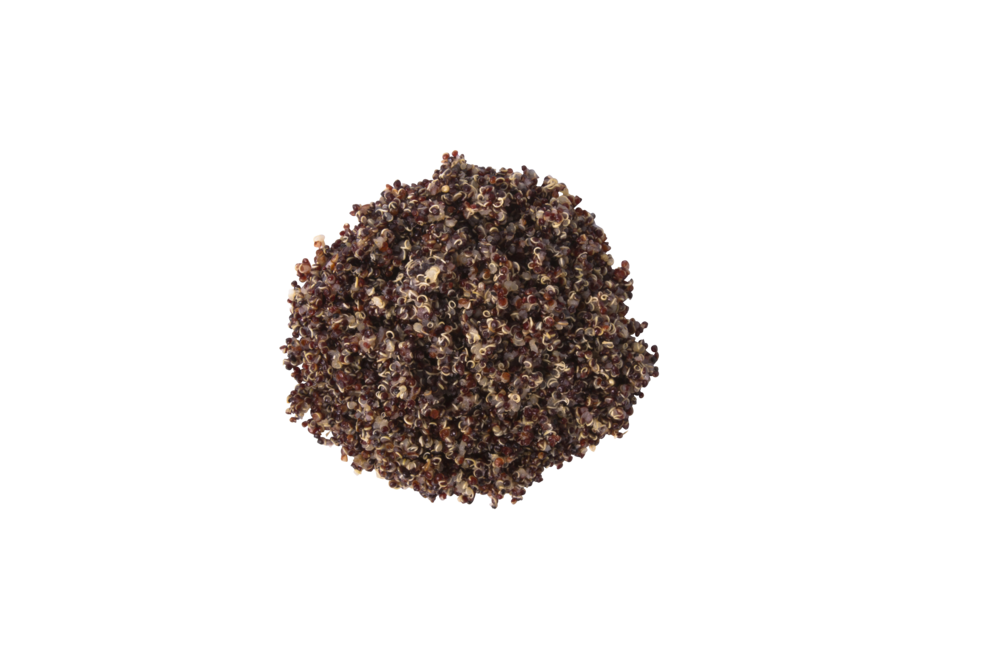
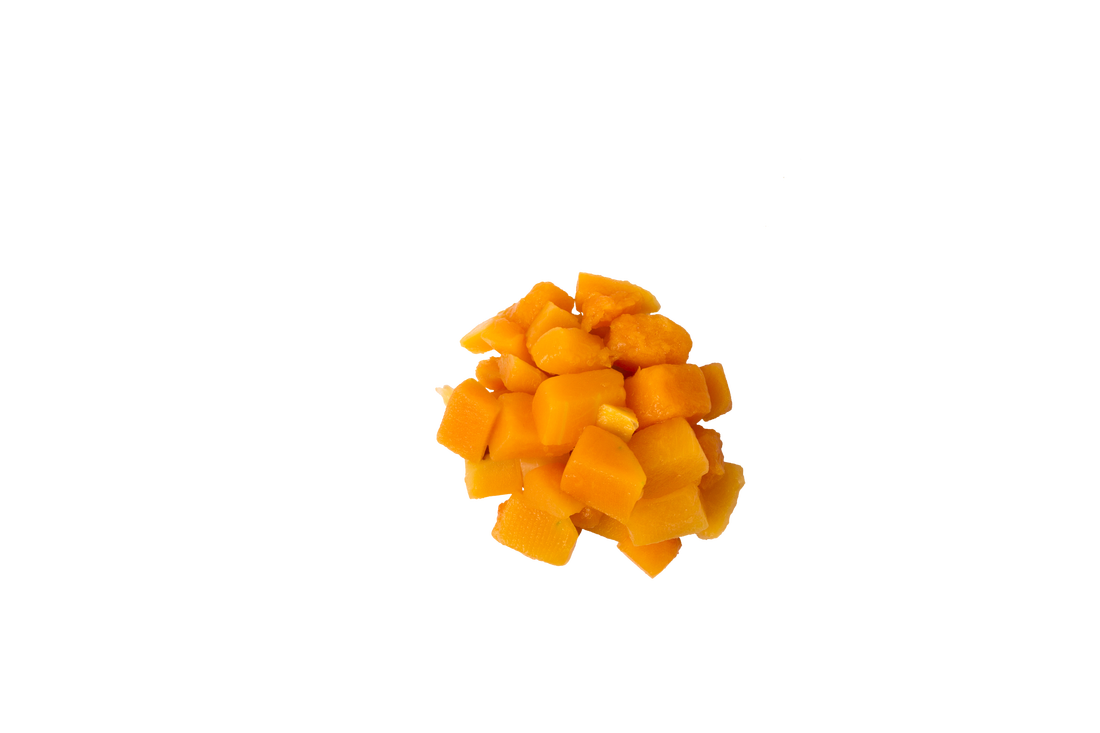
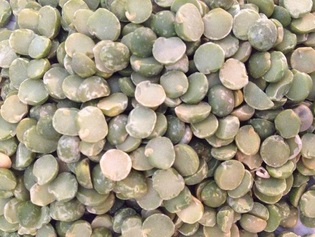
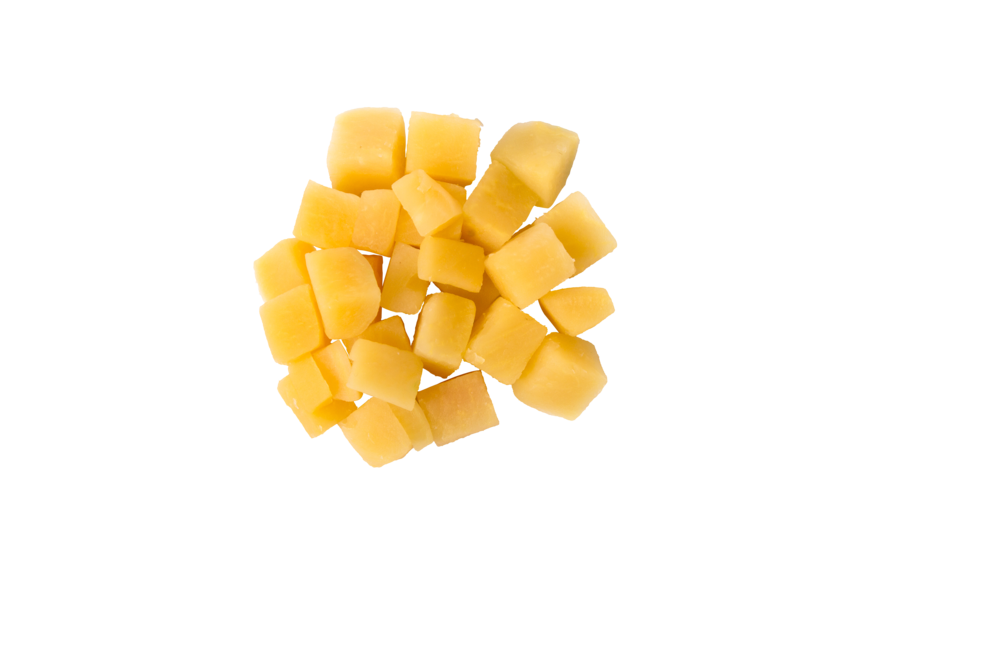
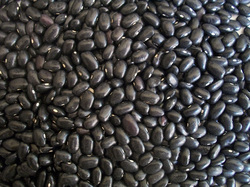
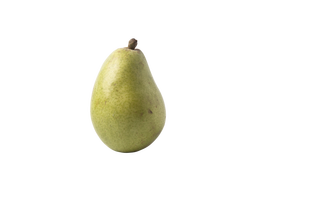
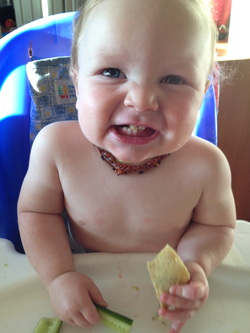
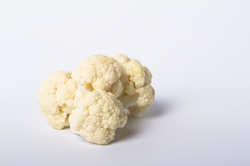
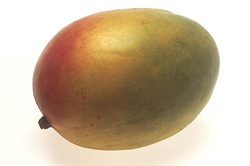
 RSS Feed
RSS Feed

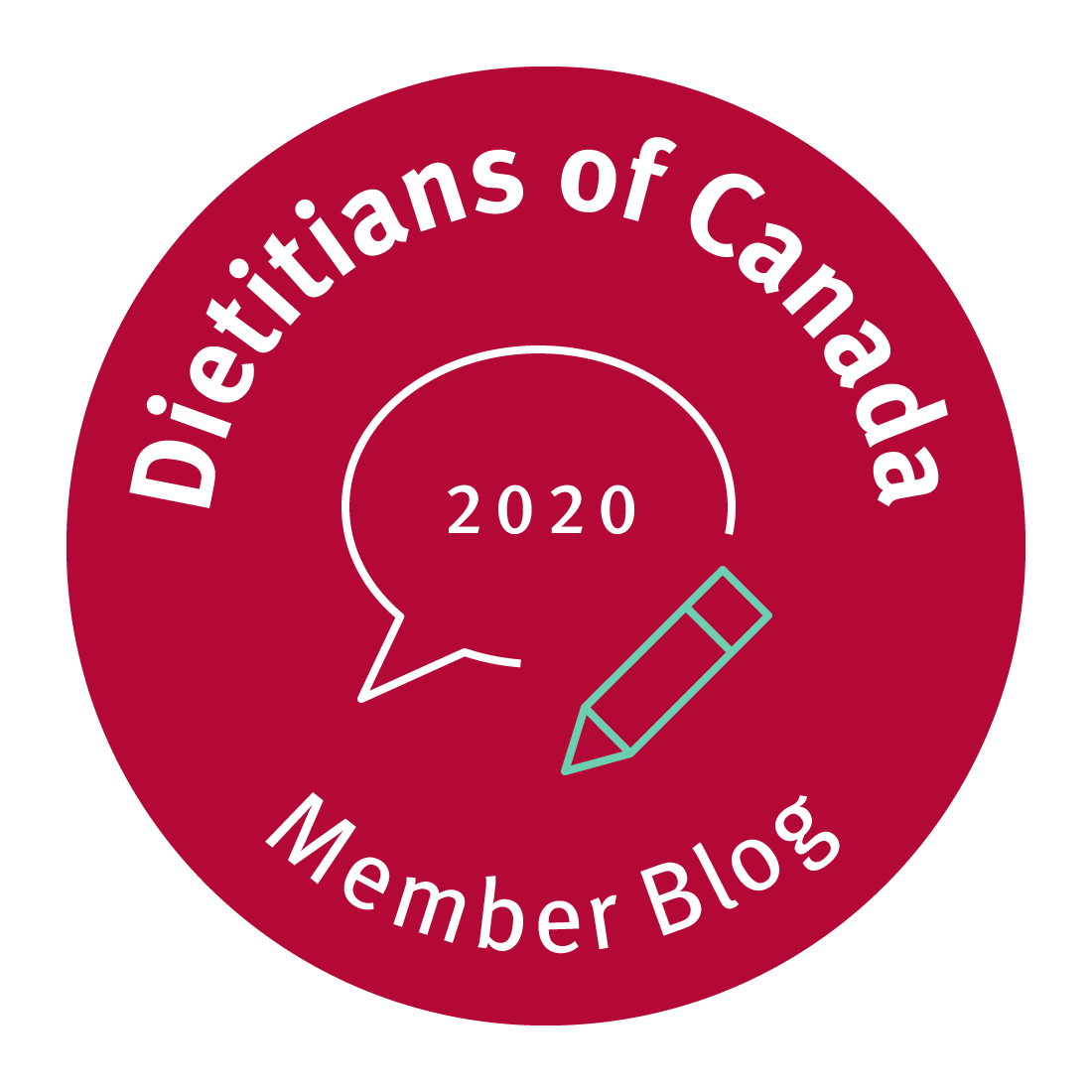.png.aspx?width=150&height=150)
